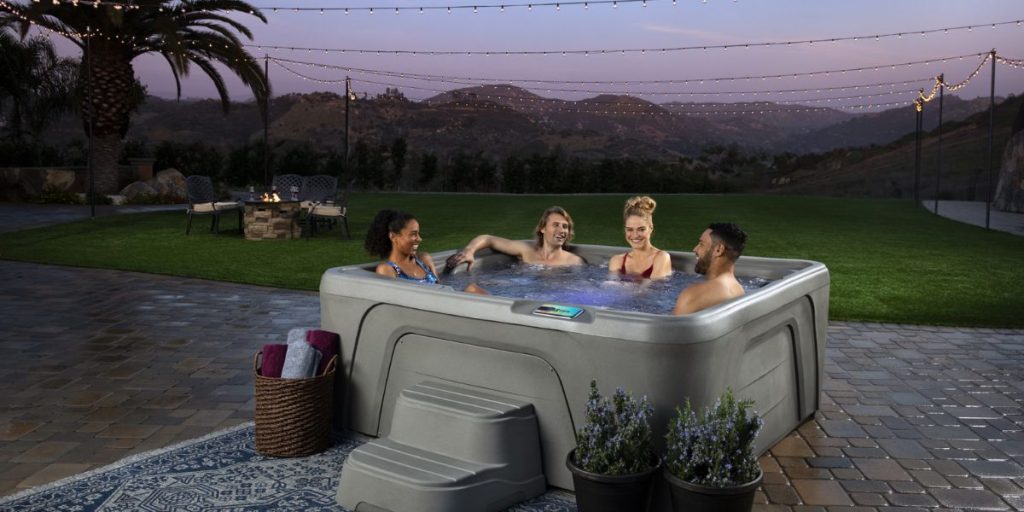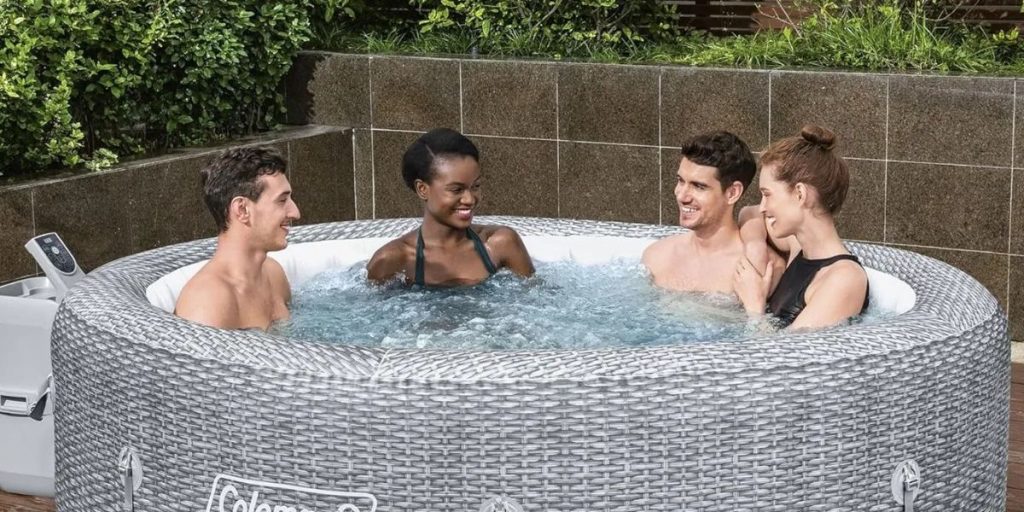Owning a spa is a wonderful way to relax, ease stress, and enjoy a touch of luxury at home. However, just like any other system, a spa requires regular care and attention to function optimally. Many spa owners don’t realize that small issues, if ignored, can quickly escalate into more significant and costly problems. Spa repair is not only about fixing broken parts but also about regular upkeep, cleaning, and checking the system to prevent trouble before it starts. Clear water, strong jets, and a reliable pump all depend on how well you look after your spa. In this blog, we’ll explore simple spa repair practices, from troubleshooting cloudy water to balancing chemistry, maintaining filters, and spotting early signs of system problems so you can enjoy your spa for years to come.
Why Regular Spa Repair and Maintenance Matter
Regular spa repair and maintenance may sound like a chore, but it’s one of the smartest investments you can make for your relaxation space. Without proper care, spas can develop cloudy water, clogged jets, or even mechanical breakdowns that interrupt your enjoyment. Staying on top of maintenance helps prevent expensive repairs later and keeps your system energy-efficient. A well-maintained spa uses less power, heats faster, and runs more smoothly, saving you money in the long run. Companies like A1sparepair stress that most costly issues begin with small problems left unchecked. By learning the basics of spa repair, you’ll not only extend the life of your spa but also create a safer and more enjoyable soaking experience for yourself and your family.
Troubleshooting Cloudy Water
Cloudy water is one of the most common issues spa owners face, and it’s a clear sign that your spa needs attention. This problem can be caused by dirty filters, unbalanced water chemistry, or even an overworked sanitizer. The first step in spa repair when dealing with cloudy water is to test the pH and alkalinity levels. If they’re off balance, bacteria and minerals can build up, creating that hazy look. Next, check the filters—if they’re clogged with dirt or oils, they won’t be able to do their job. A deep rinse or replacement can often restore water clarity. Regularly shocking your spa water with the right sanitizer can also eliminate bacteria and restore sparkle. By treating cloudy water as a signal for repair rather than just a cosmetic issue, you’ll keep your spa clean and your system healthy.
Filter and Jet Maintenance for a Smooth System
Filters and jets are the backbone of your spa’s circulation system, and keeping them in top condition is key to effective spa repair. Filters should be rinsed weekly and given a deep clean at least once a month to remove oils, lotions, and debris. If neglected, dirty filters put stress on the pump, causing it to work harder and wear out faster. Jets, on the other hand, can develop buildup from hard water or chemical residue, which reduces water pressure and enjoyment. To repair sluggish jets, flush them with a spa-safe cleaner and ensure they are free of clogs. If a jet is still weak after cleaning, it may be a sign of a pump or plumbing issue that needs professional spa repair. By keeping filters and jets well-maintained, you’ll ensure strong water flow and a relaxing, powerful soak every time.
Balancing the Water Chemistry: A Key Part of Spa Repair
One of the most crucial aspects of spa repair is maintaining a balanced water chemistry. When pH, alkalinity, and sanitizer levels are off, your spa can quickly turn from a place of comfort to a source of frustration. Low pH levels make water acidic, which can damage your spa’s surface and irritate the skin. High pH levels can cause cloudy water, scaling, and reduced effectiveness of sanitizers. Alkalinity works as a buffer for pH, and if it’s too low, your water chemistry can fluctuate wildly. Regularly testing your water—ideally two to three times a week—helps you catch imbalances early. Sanitizers like chlorine or bromine keep bacteria at bay, but their effectiveness depends on a proper balance. Consistently managing these levels not only improves water clarity but also protects your spa system from corrosion, buildup, and wear and tear. Companies like A1sparepair recommend creating a simple schedule so your water always stays safe, fresh, and ready for use.
Spotting Early Signs of Mechanical Issues
Catching problems early is one of the most effective habits for spa repair you can develop. Here are some common warning signs to look out for:
- Unusual noises – If your pump or heater starts making grinding, buzzing, or rattling sounds, it’s often a sign that parts need repair or replacement.
- Weak water flow – Low jet pressure may mean clogged filters, airlocks in the system, or even a failing pump that requires spa repair.
- Visible leaks – Even small drips around the spa shell, pipes, or pump can quickly escalate into larger leaks and water damage if left unaddressed.
- Higher energy bills – A sudden increase in electricity costs could mean your heater or circulation system is working harder than it should.
- Inconsistent heating – If your water isn’t heating evenly or takes too long to warm up, it’s a clear sign of trouble with your heater or thermostat.
By watching for these signs and reaching out to a trusted service like A1sparepair, you can prevent small issues from becoming major breakdowns.
When to Call Professional Spa Repair Services
While the owner can handle many spa repair tasks, some situations require professional help. Complicated issues, such as heater malfunctions, electrical problems, or major leaks, should never be tackled without expert assistance. A certified technician possesses the necessary tools and knowledge to identify and safely resolve hidden problems. Professionals also conduct comprehensive system inspections, checking pumps, wiring, seals, and plumbing to ensure that nothing is overlooked. Hiring a reliable service like A1SpaRepair ensures that your spa repair is done right the first time, saving you time and effort. Think of professional care as a partnership—it keeps your spa running smoothly while giving you peace of mind that your investment is protected.
Conclusion
Taking care of your spa doesn’t have to be overwhelming. By learning the basics of spa repair, you can handle common issues such as cloudy water, dirty filters, and unbalanced chemistry before they escalate into more significant problems. Regular care keeps your spa water crystal clear, your system running efficiently, and your relaxation time stress-free. A1sparepair reminds spa owners that prevention is always better than costly repair, and a little attention goes a long way in protecting your investment. Whether it’s routine filter cleaning, balancing water chemistry, or watching for early signs of trouble, small habits make a big difference. When needed, professional spa repair ensures that even complex problems are solved quickly and safely. With the right balance of DIY care and expert support, your spa will continue to deliver comfort, relaxation, and enjoyment for many years to come.



